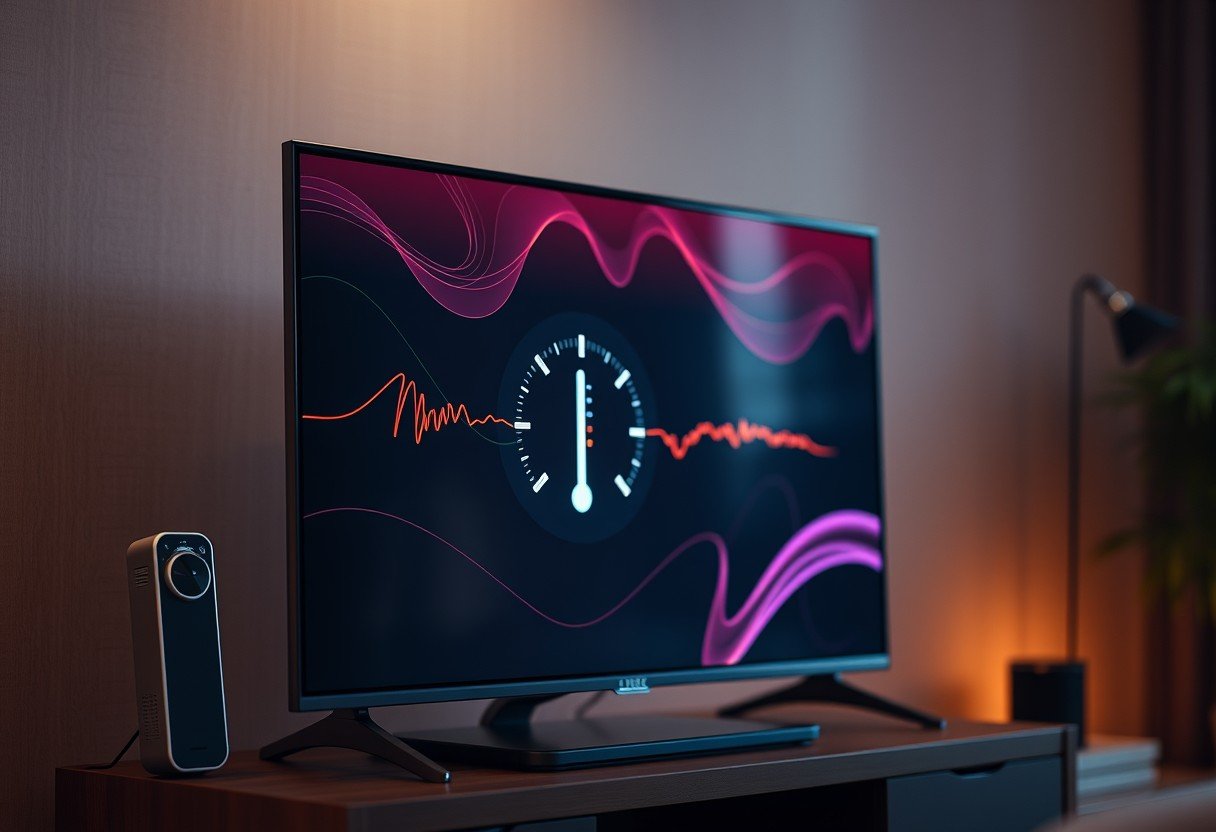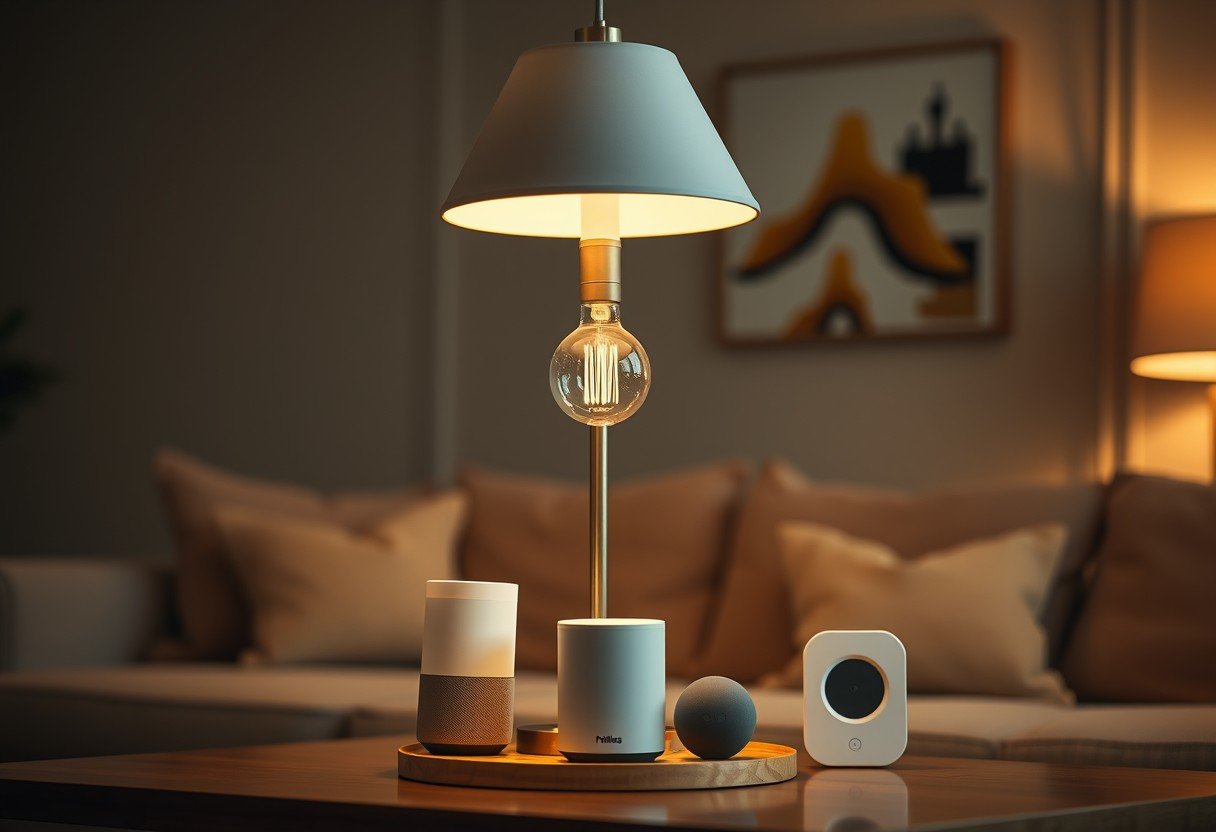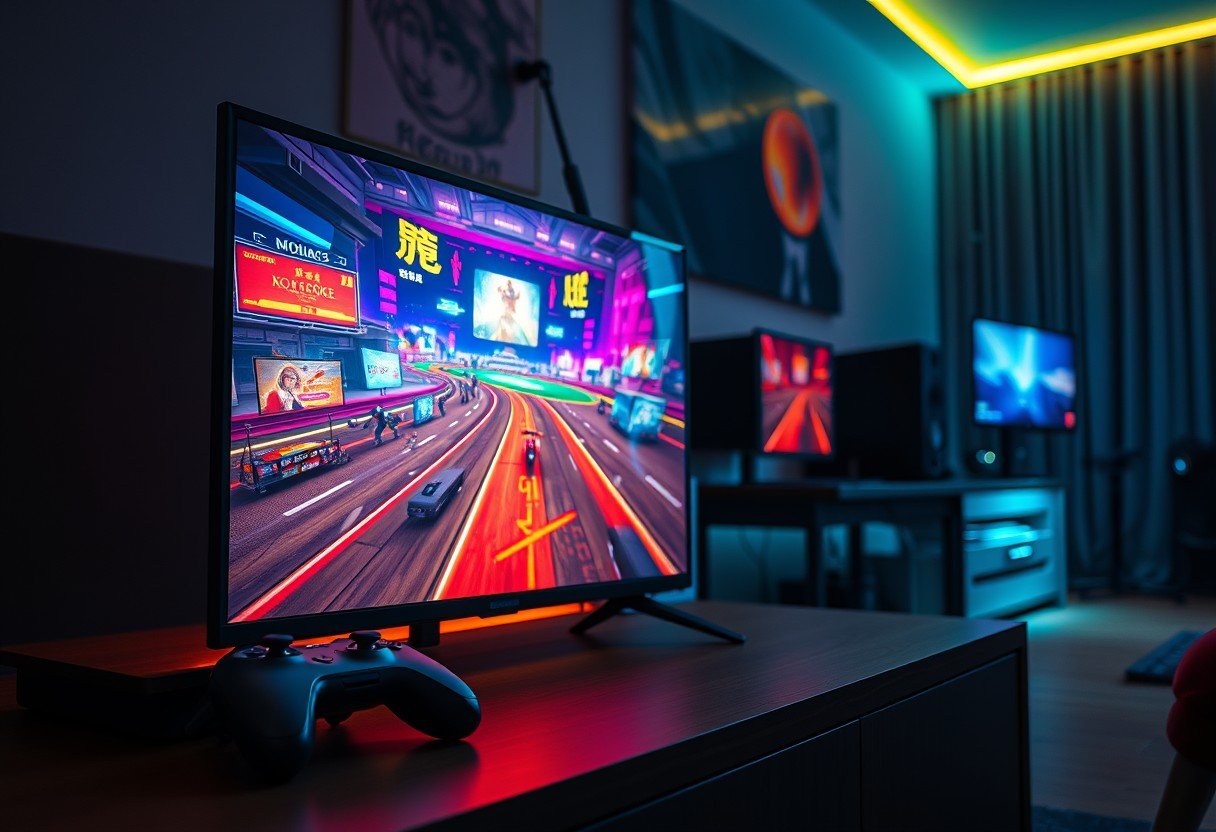Keeping your home safe doesn’t have to cost a fortune. Many people worry about the high price of security systems, but you can significantly boost your home’s protection with simple, clever, and affordable tricks. This guide shows you how to secure your property using smart thinking and low-cost tools, whether you’re at home or away. You can achieve peace of mind without a hefty monthly bill.
Start by Thinking Like a Burglar
The first step to better security is understanding your home’s weaknesses. Take a walk around your property and try to see it through the eyes of someone looking for an easy way in. This simple change in perspective is one of the most effective security measures you can take.
Ask yourself which doors or windows look easiest to open from the outside. Are there overgrown shrubs or dark corners near entry points that could provide cover for someone? Most burglars are opportunists looking for a quick and simple target. A 2012 report by the University of North Carolina at Charlotte found that about 87% of burglars are looking for an easy target and will be deterred by a security system.
By identifying these vulnerable spots, you know exactly where to focus your efforts. You might realize a back window is poorly lit or a side door lock is flimsy. Fixing these specific issues is much cheaper than installing a whole-home system.
Make Your Home a Less Attractive Target
An empty house is an invitation for thieves. Many burglars will watch a home for days or even weeks to learn your family’s routine. The key is to make it seem like someone is always present, even when you’re on vacation or just out for the evening.
Creating the illusion of occupancy is easier than ever with modern technology, but you don’t need expensive gadgets to do it. Simple timers for lamps or a radio can work just as well as high-end smart home devices.
Here are a few simple ways to make your house look occupied:
- Use timers on indoor lights to have them turn on and off in different rooms throughout the evening.
- Leave a radio or TV on a timer to create background noise.
- Ask a trusted neighbor to collect your mail and newspapers while you are away. A pile of mail is a clear sign that no one is home.
These small actions disrupt the patterns that burglars look for. They create uncertainty, which makes your home a riskier target to attempt breaking into.
Explore Affordable DIY Security Systems
Full-service security systems with 24/7 monitoring can be expensive, often costing $30 or more per month. However, the rise of do-it-yourself (DIY) security systems has made home protection much more accessible and affordable.
These systems often start with a basic kit that you can expand over time. This means you only pay for the sensors and cameras you actually need. You can start by securing your main entry points and add more protection later as your budget allows. Many DIY options offer professional monitoring for a much lower monthly fee, while some have no required fees at all.
Traditional vs. DIY Security Cost Comparison
| Feature | Traditional Security System | DIY Security System |
| Monthly Cost | Often $30 – $60+ | $0 – $20 |
| Installation | Professional installation fee | Free, self-installed |
| Contracts | Typically long-term contracts | No contract or flexible options |
| Customization | Limited to company packages | Highly flexible and expandable |
The best part about a DIY system is the control it gives you. You can move sensors, add new cameras, or change your setup entirely without calling a technician or paying extra fees.
Turn Old Gadgets into Security Cameras
Security cameras can be a powerful deterrent, but high-end systems like Nest Cams are not within everyone’s budget. The good news is you probably already own the hardware for a basic video monitoring system.
If you have old smartphones or tablets collecting dust in a drawer, you can repurpose them into fully functional security cameras. Apps like AlfredCamera are completely free and allow you to stream live video from an old phone to your current one.
This is a fantastic, no-cost way to keep an eye on your front porch, back door, or any room in your house. All you need is the app, two devices, and a place to plug in the old phone. This gives you the freedom to place cameras in creative spots without spending a dime on new equipment.
Don’t Forget the Basics of Home Defense
While technology is helpful, some of the most effective security measures are the simplest. Before spending money on gadgets, make sure you have the fundamentals covered. Strong physical barriers are your first and best line of defense.
Reinforce your doors by installing a heavy-duty deadbolt and a strike plate with longer screws that go into the door frame, not just the trim. For windows, you can add inexpensive locks or security film that makes the glass harder to break.
Also, consider your landscaping. Trim any tall bushes or trees that are close to your house, as they can provide hiding spots. Good visibility from the street and from your neighbors’ homes makes your property a much less appealing target for criminals.
Frequently Asked Questions about Home Security
Do fake security cameras actually deter burglars?
Yes, fake cameras can be a deterrent for some opportunistic burglars looking for an easy target. However, experienced thieves can often spot a fake, so it’s best to use them as part of a larger security strategy, not as your only defense.
What is the cheapest way to make my home more secure?
The cheapest methods involve changing your habits and making small physical upgrades. This includes always locking your doors and windows, using timers on lights to make your home look occupied, and reinforcing door strike plates with longer screws.
Are smart lights effective for home security?
Smart lights are very effective for creating the illusion that someone is home. You can program them to turn on and off at random times or control them from your phone, which is more convincing than a simple timer and helps deter burglars.
How can I secure my windows on a budget?
You can add simple and inexpensive window locks or sash locks to prevent them from being pried open. Another option is to place a wooden dowel or metal rod in the track of sliding windows and doors to physically block them from opening.
Is a DIY security system reliable?
Modern DIY security systems from reputable brands are very reliable. They use the same sensor technology as traditional systems and offer stable connectivity. The key is to ensure you have a strong Wi-Fi signal and install the components correctly.









Leave a Comment